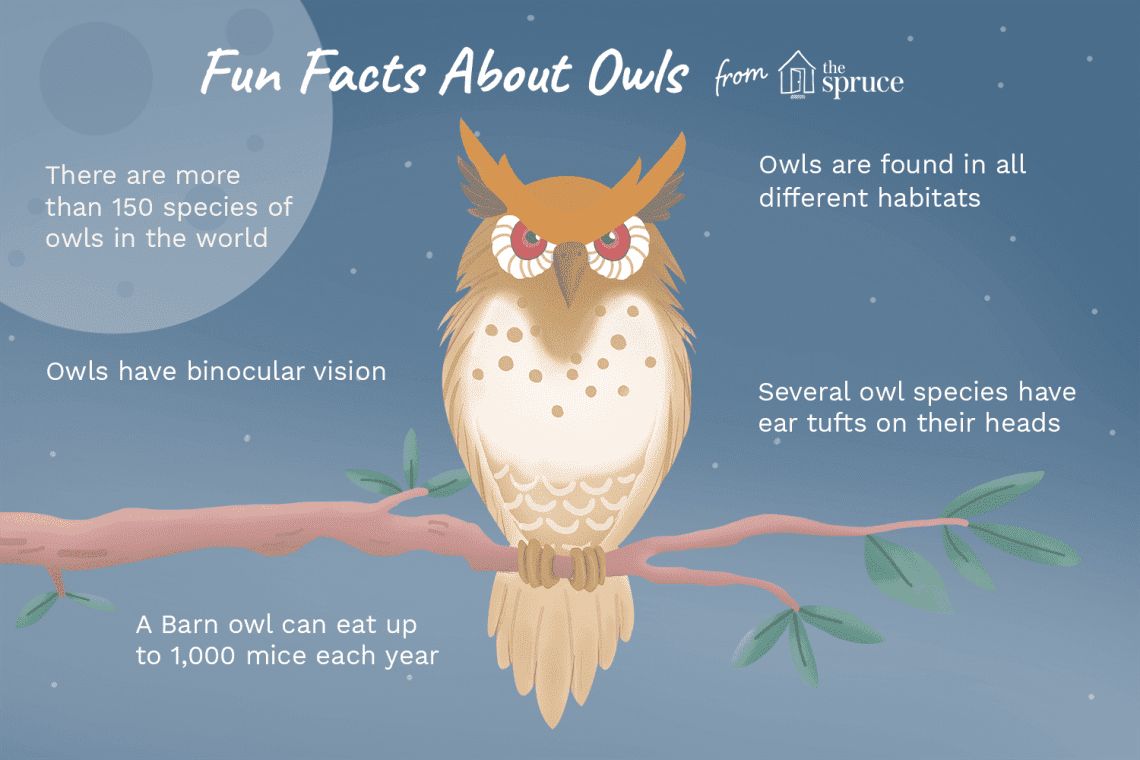
10 interesting facts about owls – the most unusual birds
A beautiful and graceful owl bird has been familiar to many from an early age from cartoons and fairy tales, for some to this day it remains a symbol of wisdom and knowledge. In fact, the behavior of an owl in nature is very calm – most of the time it sleeps, and at night it hunts and is active.
She prefers to sit on a branch for a long time, staring at one point – this behavior reminds many of the manners of a wise old man immersed in his meditation … So an owl is considered wise not because the bird has any characteristic features or intelligence, but because for behaviour.
What is interesting is that the owl is the only bird whose head does not look like a bird at all, but rather resembles a human face, and rather intelligent one at that.
If you love birds and you are interested in learning something new about them, adding new facts to your piggy bank, be sure to pay attention to our article about owls.
Contents
- 10 Owls don’t have eyeballs, but they do have 3 eyelids
- 9. Different species have different hours of activity
- 8. Trying to hide from prying eyes
- 7. The Eurasian Eagle Owl is the largest representative
- 6. Females are larger and more aggressive than males
- 5. Barn owls rely only on hearing when hunting.
- 4. Fish owls are on the verge of extinction
- 3. 360-degree head rotation is a myth
- 2. Not all owls are migratory
- 1. The only birds whose outer ear is made up of folds of skin
10 Owls don’t have eyeballs, but they do have 3 eyelids
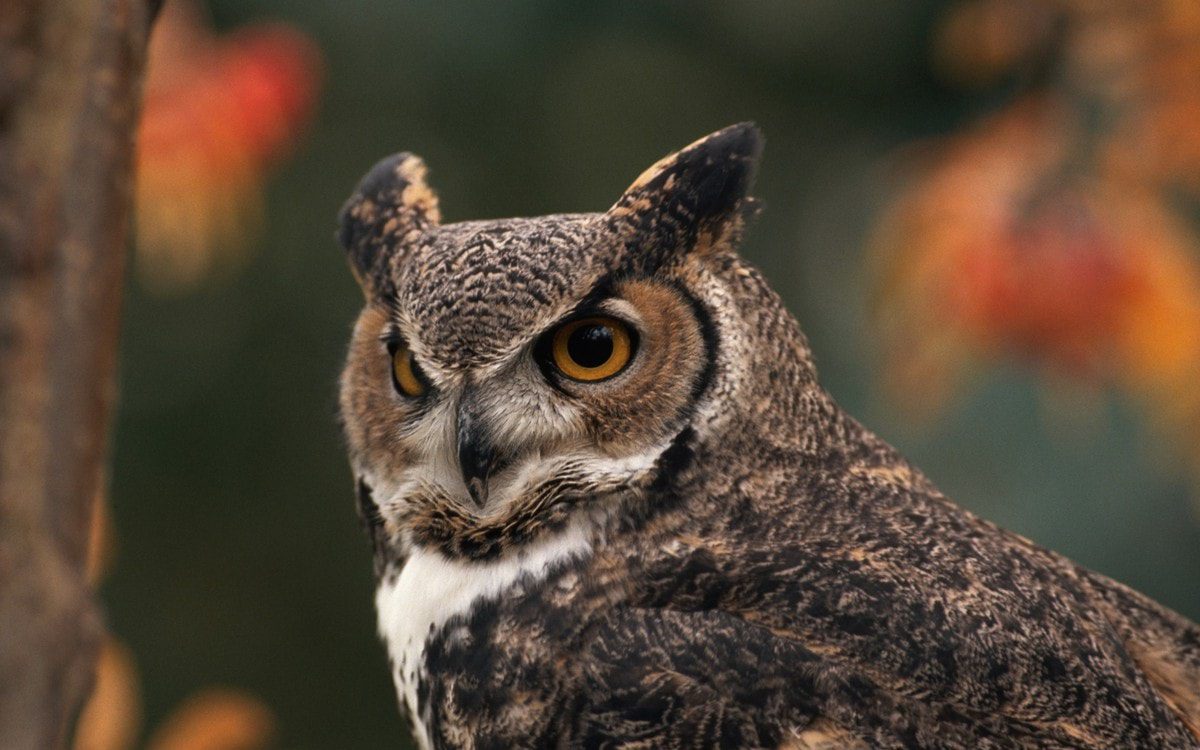
This fact may surprise you, but owls do not have eyeballs (or rather, they have a different structure). It would be more correct to call their organs of vision eye tubes. The bird’s eye is not round at all, but elongated.
The eyeballs of owls are immobile, thanks to which they can accurately determine the distance to an object (most often to prey), because. birds cannot move them, they turn their heads.
In addition, owls have 3 centuries, each of which performs its own function: one is for blinking, the other is for keeping clean, and the third is for bliss – sleep.
9. Different species have different hours of activity
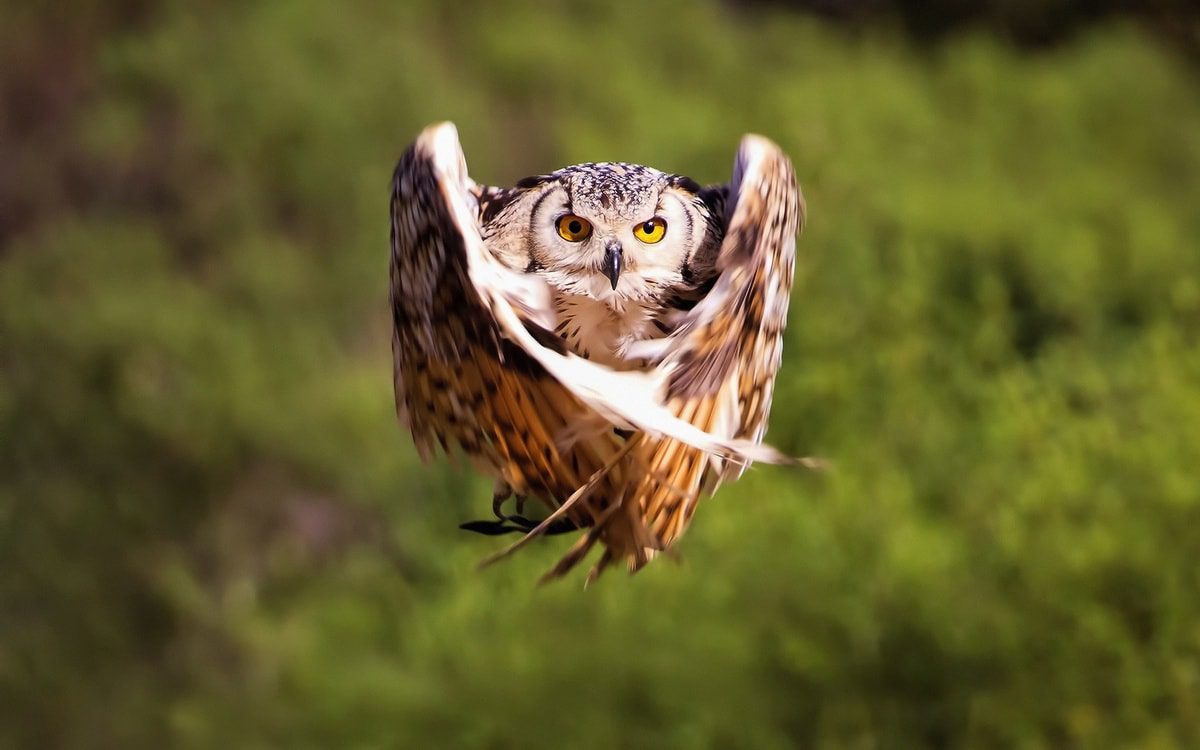
Most of us are used to thinking that owls are only active at night, however different species of this bird have different hours of activity. In North and South America, the cave owl is common – it is active during the day.
Hawk bird – a species isolated from other owls, hunts in the daytime, preferring early morning or evening for hunting.
The white owl has a snowy color with brownish streaks; it is common in the Arctic and Subarctic. This beauty is not strictly a nocturnal bird, but mostly hunts in the evening or early in the morning, sometimes doing it right on the fly.
8. Trying to hide from prying eyes
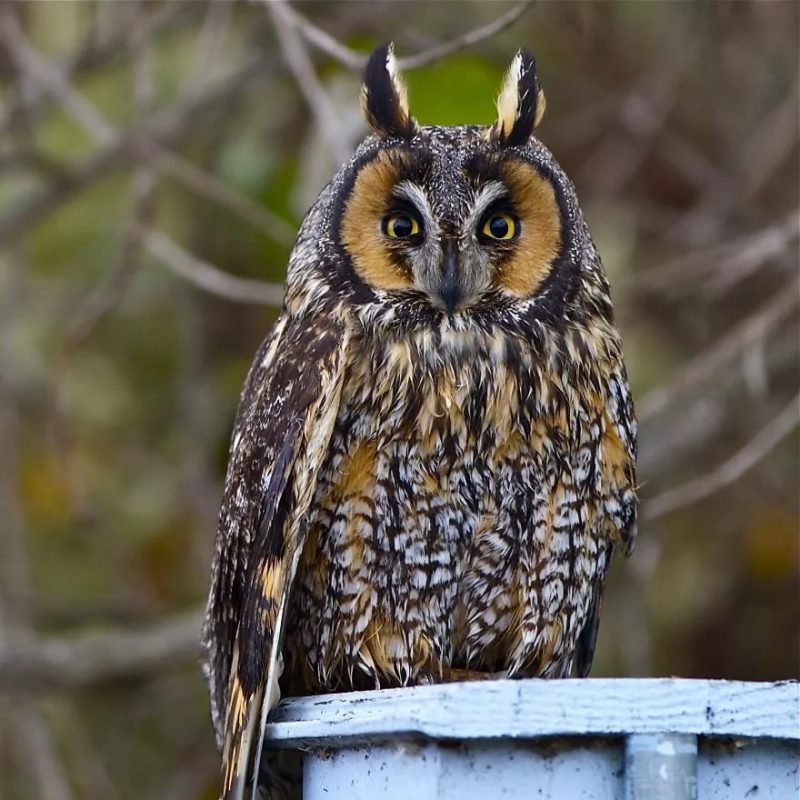
The owl examines the passers-by with interest… You can hear its enchanting sound that conjures up fabulous pictures in your imagination, but it won’t show itself. A person for an owl is stress.
Of course, after the fantasy film “Harry Potter” (the young wizard in the film has an owl), many people want to get to know this fabulous character of our planet better, but owls avoid life-threatening areas. Do not forget that an owl is a bird of prey, so when meeting with it, it is better not to disturb it.
For your information: the owl never lets you in, moreover, if you catch it by force, it can bite.
7. The Eurasian Eagle Owl is the largest representative
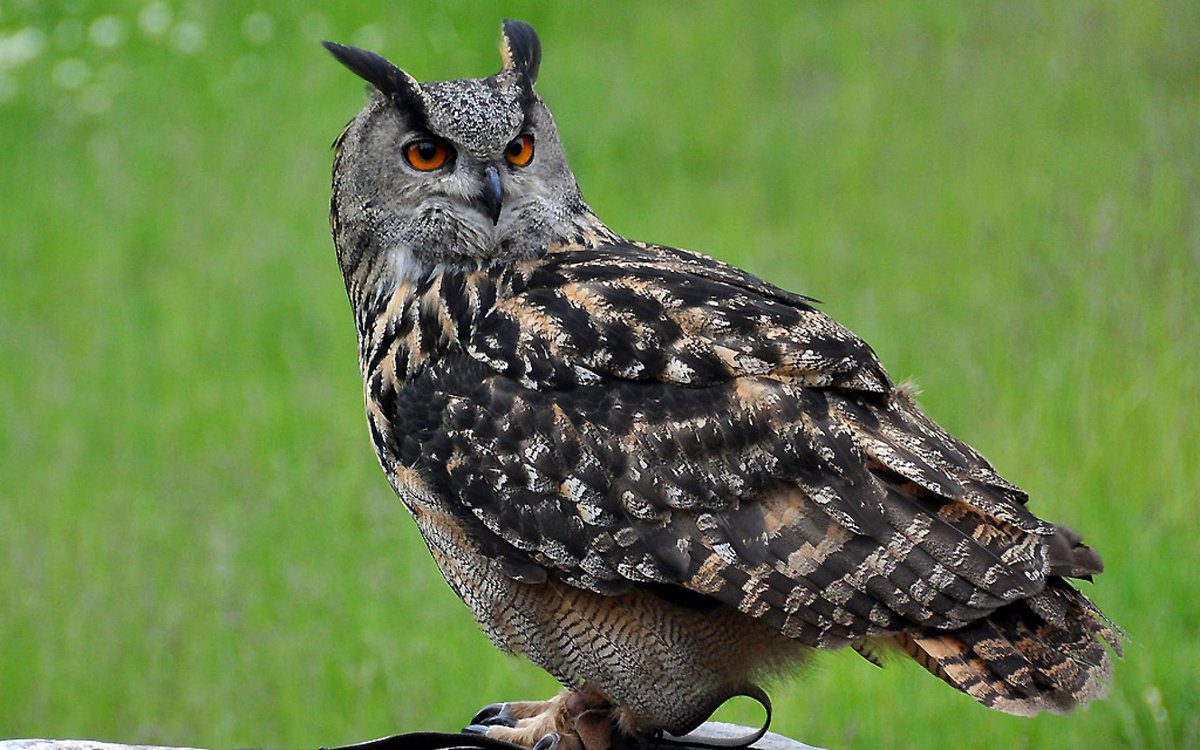
Experts call the Eurasian eagle owl the largest representative of owls: the size of the body of a bird, it happens, reaches 75 cm, and the wings unfold up to 2 meters. The bird is almost impossible to see when it sits quietly on a tree.
Can live in all regions, except for the tundra, prefers wooded areas. There are very few of these most beautiful owls in nature, the species has long been listed in the Red Book. The number of the Eurasian owl is falling due to the destruction of its permanent habitat – forests.
6. Females are larger and more aggressive than males
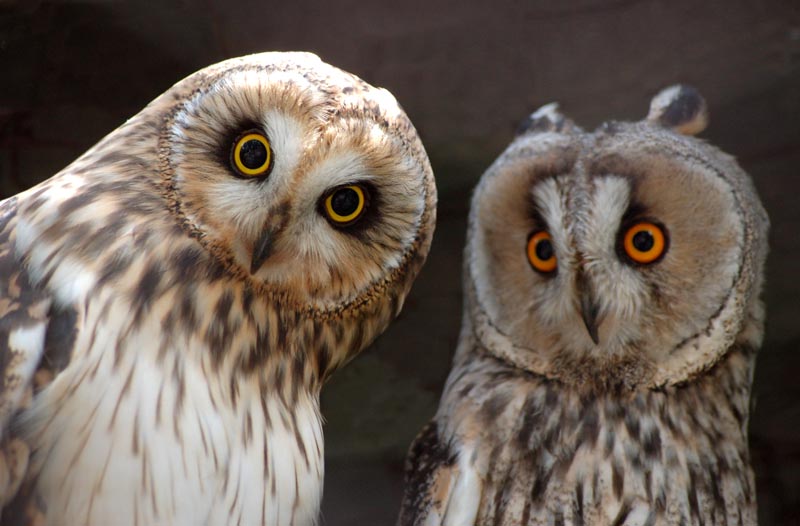
In most species of owls, females win in size and brightness of color, in addition, they behave more aggressively than males.. One can only guess why that is. It is possible that the female tends to show aggression, including towards other females, because of the protected offspring.
An adult owl is heavier than a male by about 20-25%. By the way, he shows very interesting courtship. The male performs flights to attract the owl by flying in an exaggerated undulating pattern above the female when she is on the ground.
5. Barn owls rely only on hearing when hunting.
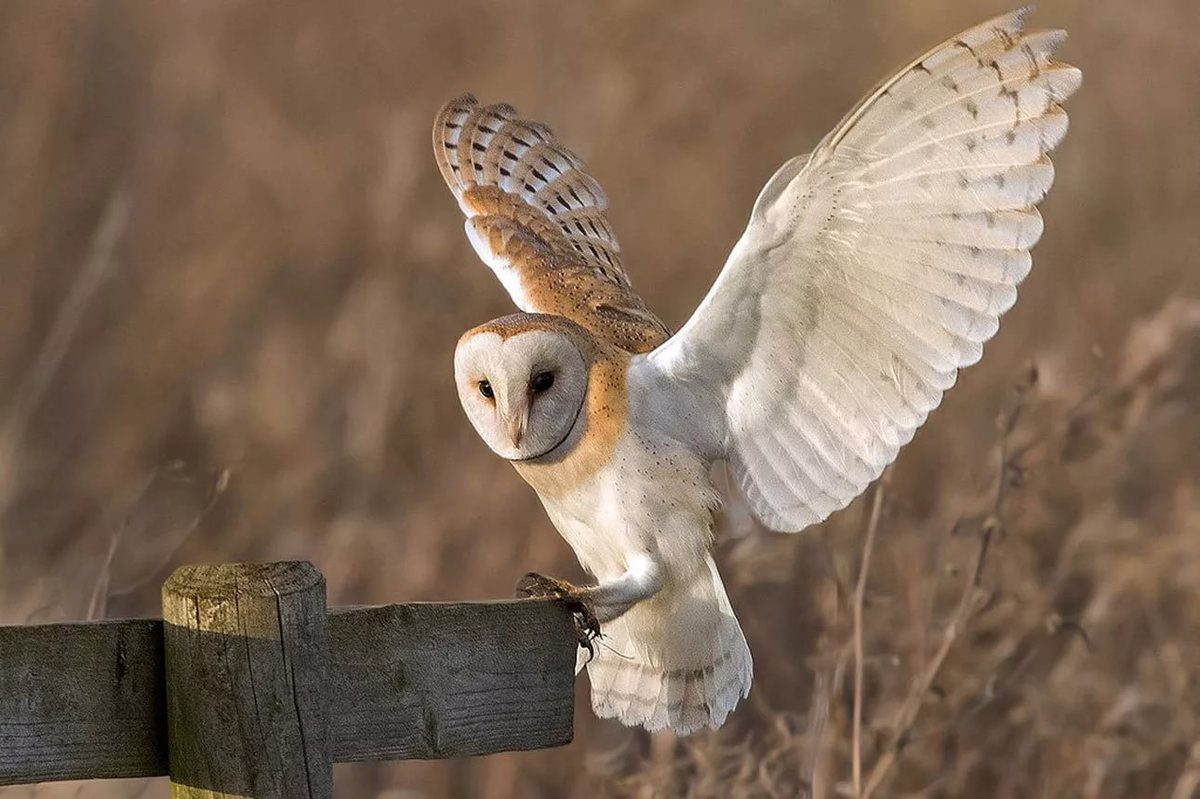
Barn owls, like most nocturnal birds, have excellent night vision, but when hunting, they rely more on their clear hearing., which, as was found by experiment, is four times the auditory capabilities of other animals.
Thanks to this feature, achieved by the structure of the ears, in which they are located at different levels asymmetrically, owls can hunt in pitch darkness.
Barn owls are very susceptible and, when a loud sound occurs, they cover their ear holes with plugs with small feathers.
4. Fish owls are on the verge of extinction
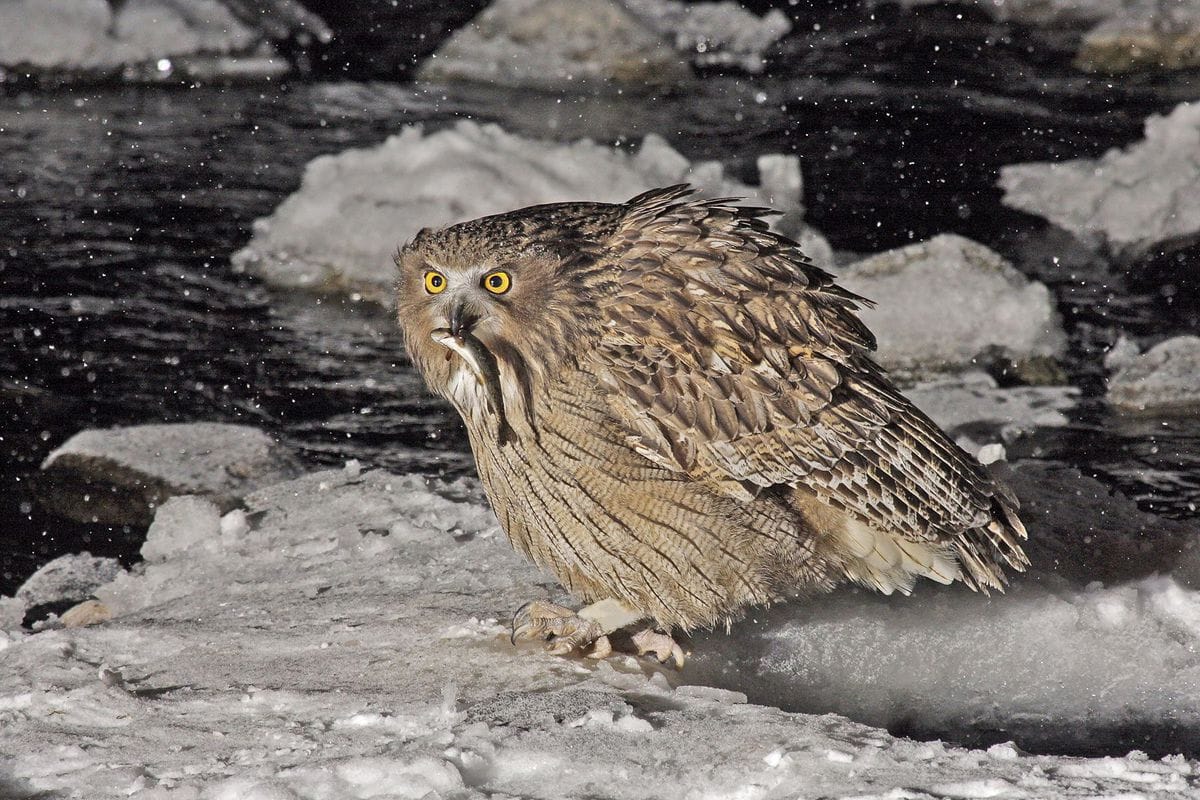
The fish owl is a bird that endures frosts. Among the abundance of birds, undoubtedly, this endangered species stands out, but to meet it is a huge rarity!
This species is listed in the Red Book, the number of fish owl is very small, and is on the verge of extinction.. Ears distinguish it from an ordinary owl – they are covered with fluff and large. Despite the fact that these two species are like two drops of water, they do not like to contact.
Most of this species lives in the north of China, Korea, Japan. It prefers densely dotted forests, with rivers rich in living creatures, where it feeds. The fish owl has remarkable eyes – yellow, bright, and equipped with almost eagle vision!
3. 360-degree head rotation is a myth
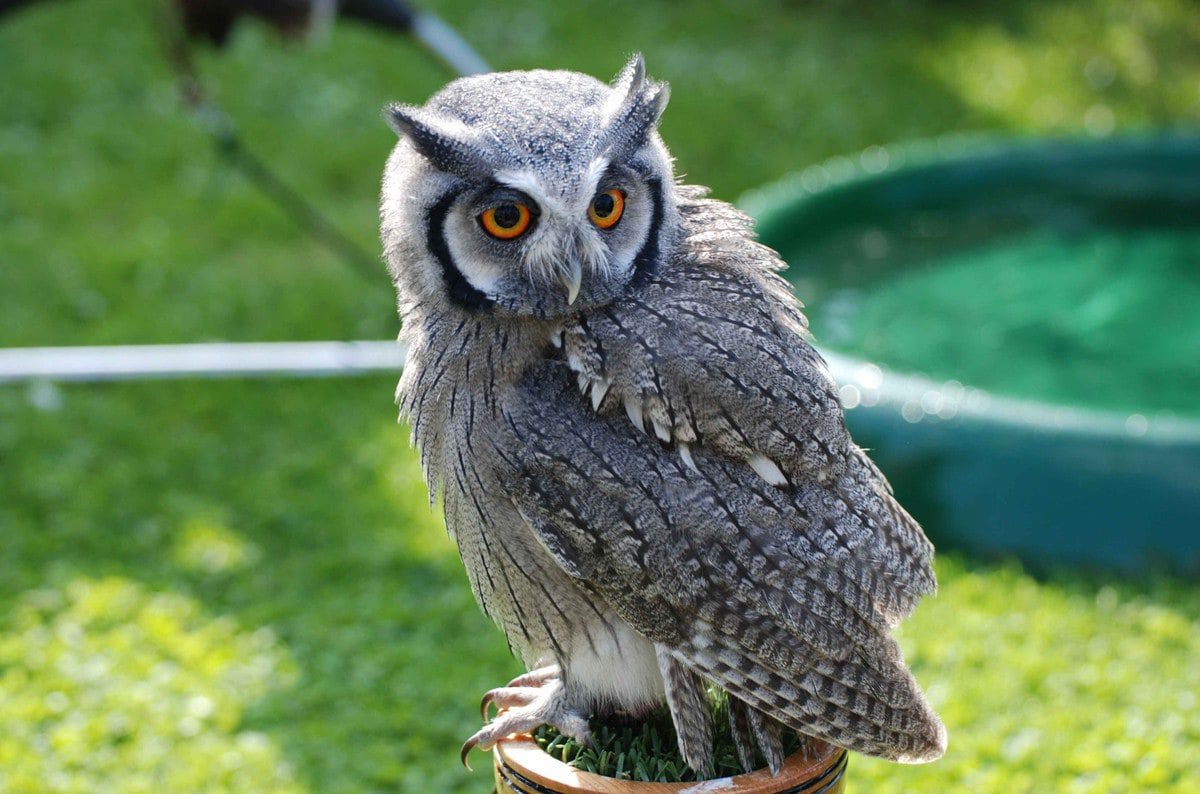
As you already know from point 10, an owl, due to the structure of its eyes, cannot move them, so it has to turn its head. However, turning the head of an owl 360 degrees is nothing more than a myth.
But, of course, nature has awarded these charming birds with the ability – they can turn their heads 270 degrees without hurting themselves. This can be considered compensation for the immobility of the eyeballs and the location of the eyes themselves. Thanks to the fact that the owl turns its head, this helps it not to lose sight of its prey.
2. Not all owls are migratory
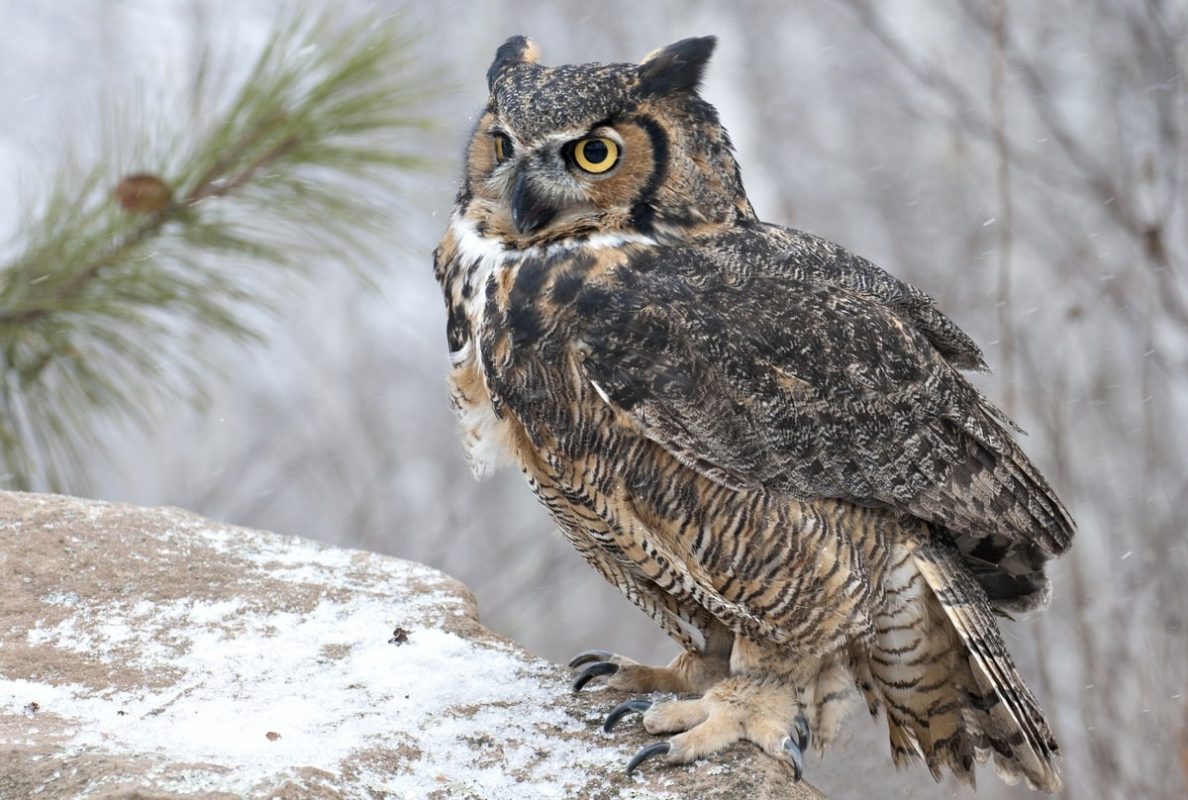
Winter is a difficult time for animals and birds. Birds, in particular owls, are especially hard on this time.. Those who do not migrate have to use all their dexterity and skills. It is especially difficult with the extraction of food for our owls: the sparrow owl, the eagle owl and the tawny owl. The main difficulty for them is the snow cover, because it makes it difficult for rodents to prey.
In the northern part of the range, long-eared owls are common, which make long-distance migrations – in some areas a very high number of birds flying by is noticed.
Polar owls fly to the West, to the mountains, and the birds of central Russia spend the winter at home – in hollows. As a rule, they remain in their habitat, but they select other places for nesting.
1. The only birds whose outer ear is made up of folds of skin
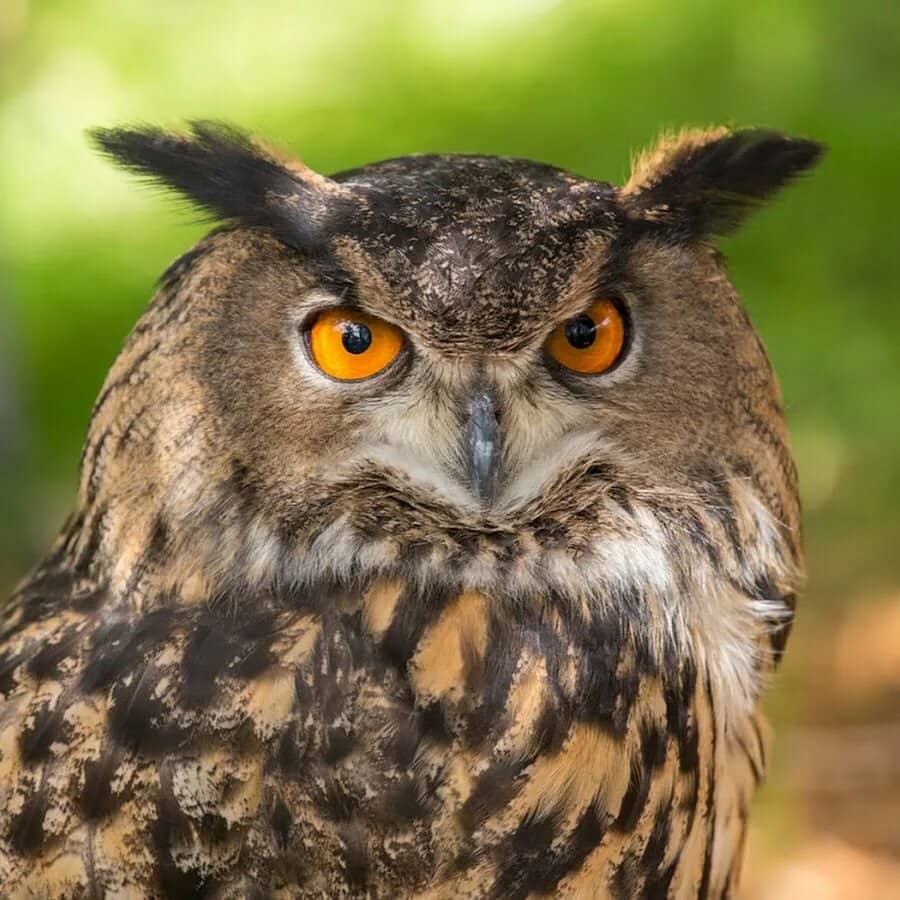
And finally, we will tell you about another interesting feature of owls. They are the only birds whose outer ears consist of folds of skin and are surrounded by radiant feathers.. The ears are slightly asymmetrical, and it is thanks to this that owls accurately determine where the sound comes from.
You will probably be surprised, but if you look into the ears of an owl, you can see the “mirror of the soul” of the bird – its unusual eyes on the back! Like all birds, owls do not have external ear structures. They look like holes in their skulls, tightly covered with feathers.





